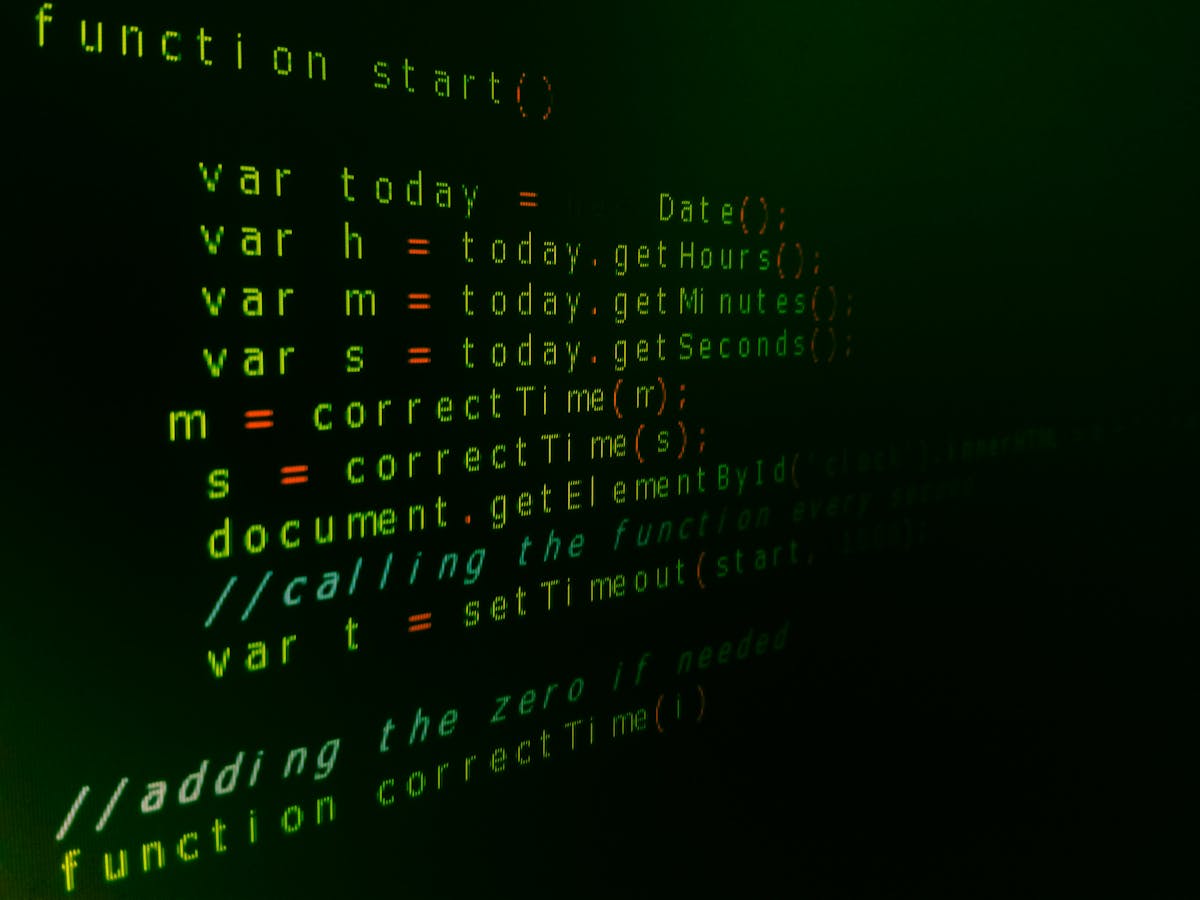The Value of Full-Stack Development in the Evolving Landscape of Software Application Engineering
In the quickly transforming field of software program engineering, full-stack advancement has actually acquired substantial importance. Full-stack designers have an unique capability to service both front-end and back-end innovations. This versatility assists in far better team partnership and action to shifting job needs (niels denekamp linkmedia). As organizations adopt active methodologies, the role of full-stack designers comes to be much more vital. Discovering the subtleties of this trend reveals deeper ramifications for the future of software program growth
The Duty of Full-Stack Developers in Modern Teams
As organizations progressively embrace dexterous approaches, full-stack designers have actually become important properties within modern groups. These flexible professionals have an extensive skill collection that extends both front-end and back-end advancement, enabling them to add to different elements of a project. Their ability to navigate various shows languages and structures enables for seamless partnership across disciplines, fostering an extra incorporated technique to software application development.Full-stack designers enhance team characteristics by linking communication gaps, decreasing reliance on specialized duties. This versatility not only accelerates project timelines but additionally advertises technology, as they can apply responses in genuine time. Furthermore, their alternative understanding of the software lifecycle promotes much better decision-making and analytical, eventually leading to even more robust applications. As companies aim for performance and responsiveness, the function of full-stack developers ends up being increasingly crucial in driving successful task results and maintaining competitive benefits on the market.
Linking the Gap In Between Front-End and Back-End
Bridging the space in between front-end and back-end development is basic for delivering natural and useful software applications. This combination assures that user interfaces interact effectively with server-side reasoning, giving a seamless experience for end-users. Full-stack programmers, with their broad ability set, play a significant duty in this process by understanding both domain names and their communications. They can address problems that arise during assimilation, such as data flow inconsistencies and efficiency bottlenecks, which are often neglected when groups run in silos. A unified method allows a lot more reliable debugging and screening, as full-stack developers can assess the entire application holistically. As software systems become increasingly complex, the ability to connect this space ends up being a lot more vital, promoting not only technical performance yet additionally improving the general individual experience. Consequently, organizations that prioritize this integration are much better placed to adapt to technological innovations and customer needs.
Enhancing Partnership and Communication
Reliable partnership and communication amongst staff member are crucial elements of successful full-stack growth. This technique fosters a common understanding of job objectives, enabling developers to flawlessly integrate front-end and back-end functionalities. By motivating open dialogue, groups can promptly resolve difficulties and share understandings, which improves analytic abilities. Varied ability within full-stack development groups promote understanding exchange, making it possible for members to gain from one another and boost their individual competencies - aether group dubai.Moreover, regular check-ins and comments loopholes enhance partnerships among employee, cultivating a culture of trust fund and accountability. Using joint tools and platforms can enhance interaction, ensuring that all stakeholders stay educated about project development and adjustments. As full-stack programmers frequently manage numerous responsibilities, effective communication aligns and reduces misunderstandings synergy. Inevitably, focusing on cooperation and interaction not just boosts productivity but also results in better software application results, important in today's hectic technological landscape
Adapting to Agile Methodologies
While accepting Agile approaches can originally posture challenges, full-stack development groups usually locate that this strategy considerably enhances their operations and flexibility. Dexterous structures prioritize iterative progress and constant review, enabling teams to react promptly to altering project requirements. Full-stack programmers, outfitted with a complete skill set, are specifically appropriate to navigate these changes, assisting in seamless collaboration in between front-end and back-end processes.Moreover, Agile highlights continuous assimilation and implementation, which aligns flawlessly with the visit this site abilities of full-stack programmers. This harmony leads to faster distribution times and improved item quality. Nimble techniques, such as daily stand-ups and sprint testimonials, encourage openness and accountability within teams, cultivating a society of open interaction. As a result, full-stack developers become critical in promoting a positive technique to analytical, ensuring that jobs stay straightened with client assumptions and market needs. Eventually, adapting to Agile approaches equips full-stack teams to thrive in a vibrant software development landscape.
Future Patterns in Full-Stack Growth

Frequently Asked Concerns
What Programming Languages Should Aspiring Full-Stack Developers Learn First?
Aspiring full-stack developers should begin by learning HTML, CSS, and JavaScript for front-end development. Subsequently, they can discover back-end languages like Node.js, Python, or Ruby, along with data source monitoring systems such as SQL or MongoDB.
Exactly How Do Full-Stack Designers Remain Updated With Evolving Technologies?

What Are Common Difficulties Encountered by Full-Stack Developers?
Common difficulties faced by full-stack programmers consist of managing diverse technologies, stabilizing back-end and front-end jobs, remaining present with rapid developments, repairing complicated problems, and guaranteeing smooth integration throughout various systems to supply cohesive customer experiences. (niels denekamp dubai)
Exactly How Do Full-Stack Designers Take Care Of Time Between Front-End and Back-End Tasks?
Full-stack designers usually prioritize tasks by assessing task needs, utilizing nimble approaches, and segmenting their infiltrate manageable pieces. They balance front-end and back-end obligations with mindful preparation and time monitoring strategies to boost performance.
Is a Level Necessary to Come To Be an Effective Full-Stack Designer?
The requirement of a degree for ending up being check my blog a successful full-stack developer remains discussed. Many professionals emphasize abilities and experience over official education and learning, suggesting that useful understanding and project portfolios can be just as, otherwise more, important. As organizations increasingly take on dexterous methods, full-stack designers have arised as crucial properties within contemporary teams. As full-stack programmers usually manage multiple responsibilities, reliable communication minimizes misconceptions and lines up team initiatives. Full-stack programmers, outfitted with a complete ability collection, are especially fit to navigate these changes, promoting seamless cooperation in between front-end and back-end processes.Moreover, Agile highlights continual combination and release, which lines up flawlessly with the abilities of full-stack programmers. Full-stack designers will significantly use AI-driven devices for code generation and bug discovery, permitting for faster implementation cycles.Moreover, the surge of low-code and no-code systems will certainly democratize advancement, making it possible for non-technical stakeholders to contribute successfully. Aspiring full-stack designers need to begin by discovering HTML, CSS, and JavaScript for front-end growth.